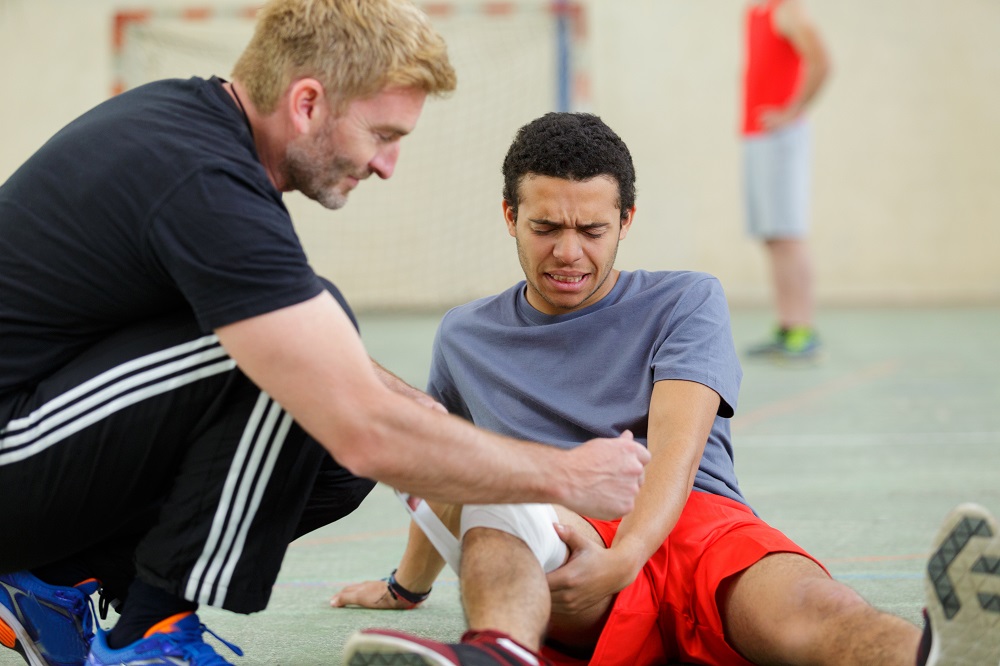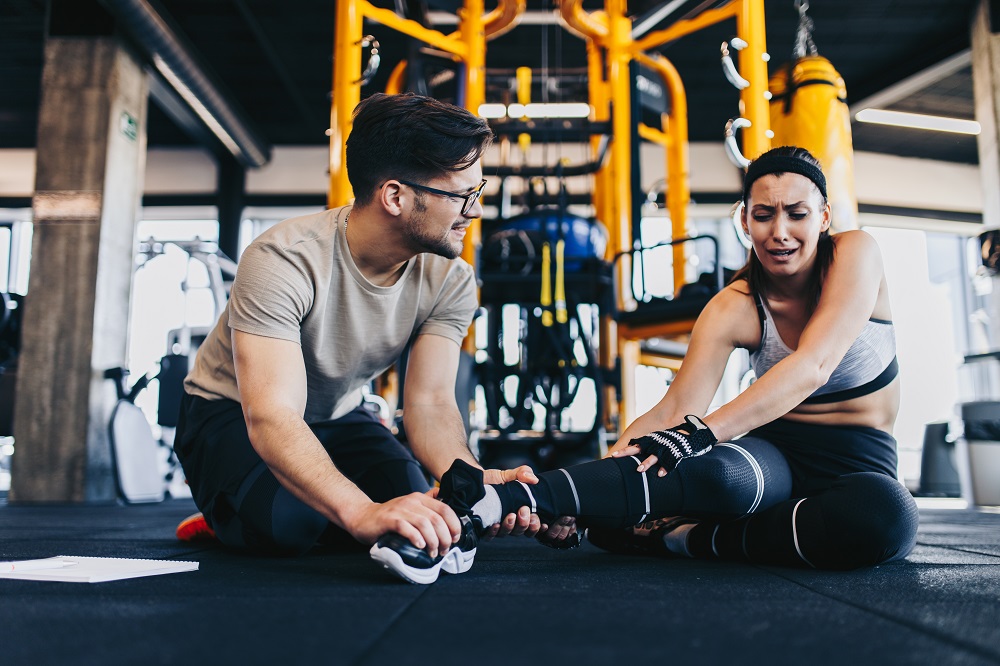Injuries can happen anywhere and anytime, even more so if you’re training for something. There’s a chance that you get hurt in the middle of your training. For instance, if you’re a local league basketball player preparing for an upcoming game, there’s a chance you can get injured during a scrimmage.
Common Training Injuries And Treatment
A collision or a misstep can result in an injury, so you have to be prepared to act quickly with the help of these first aid courses. With that said, here are four first aid tips for training injuries:
1. Sprains And Strains
Sprains and strains are some of the most common injuries in all kinds of sports training sessions. These are soft tissue injuries occurring in different parts of the body such as the ankle, elbow, or knee.
Thankfully, sprains and strains aren’t considered serious because they often heal on their own for a couple of days or weeks, depending on the severity. But there are some things you can do to help reduce the swelling in the injured area.
The following are first aid tips on how to treat sprains and strains:
- Keep the injured part elevated immediately.
- Wrap the ice in a cloth or plastic bag then apply it to the injured area.
- Make sure the injured area is compressed or tightly wrapped with a brace.
- Repeat the 2nd and 3rd steps at 20-minute intervals.

Depending on the extent of your injury, your doctor may recommend using crutches and avoid straining yourself for a while until your injury is fully healed. You’d be advised as well to consult a physical therapist.
2. Concussions
Concussion during training can be potentially fatal, and it’s a very serious problem in many sports. A person must learn how to recognize the signs of a head injury and how to quickly get medical attention. A concussion might seem like a minor injury from the outside, but it can be a serious problem if it’s not given proper attention.
Injured athletes report diverse physical, cognitive and emotional symptoms during the first week following injury,1 2 and a greater number and severity of symptoms after a concussion are predictors of a slower recovery.
Iverson, G. L., Gardner, A. J., Terry, D. P., Ponsford, J. L., Sills, A. K., Broshek, D. K., & Solomon, G. S. (2017). Predictors of clinical recovery from concussion: a systematic review. British journal of sports medicine, 51(12), 941–948.
Full article available at https://doi.org/10.1136/bjsports-2017-097729
The problem is, it’s not always clear whether a head injury has resulted in a concussion. But to be safe, you have to assume all can result to this condition. If an athlete is injured during a training session, the person should leave the game right away and not return, especially if the individual lost consciousness. Contact the local authorities right away or bring the person to the nearest hospital to be examined and treated.
3. Dislocations
Dislocations are another common injury that can happen during sports training sessions or if you’re working out in a gym. They can be quite serious and can take a certain amount of time to heal. A dislocation occurs when bones are forced to shift in an unnatural position at the joint as a result of a high impact. It can also be excruciatingly painful.

When an athlete dislocates a joint, it’s important to never attempt to reset the dislocation. Doing so can only cause further injury to the surrounding injured area. What you need to do is to administer first aid to the injured person quickly. Here are some guidelines:
- Tell the injured person to stay still and help them stay in a comfortable position.
- Stop the injured part from moving.
- If the dislocated part is the shoulder or elbow, use a sling to support the injured arm.
- If the dislocated part is the ankle, knee, or hip joint, use padding to support the injured leg.
Once you finish administering first aid to the injured athlete, send the person to the hospital or contact the local authority for further assistance.
4. Fractures
Fractures or broken bones are also serious and painful injuries possibly happening in the middle of a training session. It’s important to administer first aid immediately to prevent further damage and to help ease the pain. Here are some things you can do:

- Check if it’s an open fracture or not. If it’s an open fracture, find a clean cloth or sterile bandage to cover the wound and stop the bleeding.
- Next, prevent the injured area from being moved. Convince the injured person to stay still as possible. Use a splint or a sling if a limb was broken to keep it in place.
- Afterward, wrap ice with a clean cloth and apply it to the injured area for about 10 minutes.
- Lastly, call for professional help.
Conclusion
The importance of first aid for training injuries shouldn’t be underestimated. Not only is it there to help deal with the immediate pain, but it also has the potential to prevent further damage from occurring. This is why most people should be educated on how to handle these types of situations and how to help.